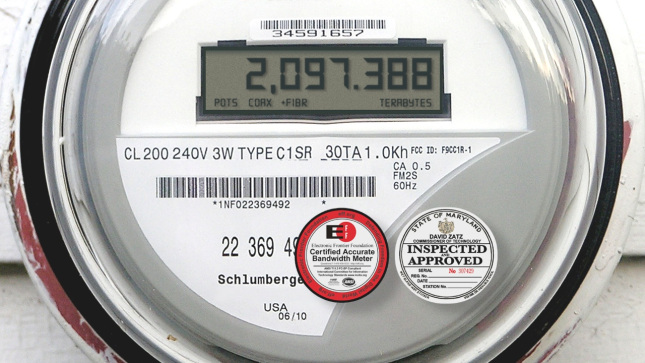“Twitter is selling your data,” “Is Twitter selling your data to the highest bidder?” and “Twitter to sell your old tweets” - just a few of the headlines that made the rounds on Thursday on a Reuters story about the social-networking site’s deal with marketing companies.
 Nothing like a good dose of alarmist headlines to get peoples’ adrenaline levels up, huh?
Nothing like a good dose of alarmist headlines to get peoples’ adrenaline levels up, huh?
The story outlines Twitter’s deal with Gnip and DataSift, which will allow the two marketing companies to mine and analyze users’ old tweets for useful information. The companies will then be able to sell the analysis to other companies. According to Reuters: “Coca-Cola Co could look at what people in Massachusetts are saying about its Coke Zero, or Starbucks Corp could find out what people in Florida are saying about caramel lattes. Companies can also look at how they have responded to consumer complaints.”
Many of the headlines seemed designed to provoke the same knee-jerk reaction people have whenever they hear that Facebook or Google is “selling their data,” and indeed that seems to have happened. A number of people complained about Twitter’s move following the news, ironically, on Twitter.
But really, what’s to complain about? Twitter is a free and public service that people use voluntarily. Taking exception to this is like going into the street and shouting your opinion, then getting upset because someone actually listened and thought about what you said.
There’s also a big difference between that and “your data,” which people generally take to mean their personal and private information. As far as has been reported, Twitter is not selling users’ protected tweets or private direct messages. Again, there’s a difference between Twitter selling publicly shared tweets and, say, Facebook selling users’ personal photos.
Moreover, the deal appears to include only aggregated tweets and bio information, which means the marketers aren’t interested in what people are individually saying, but rather their common opinions, traits and geographies. That’s not very different from what Google does with its ads.
As The Globe and Mail’s technology editor Shane Dingman tweeted on Thursday, the headline to the story could also have read “How you know Twitter is growing into a real internet company,” which rings all kinds of true. Twitter reportedly has more than 100 million active users with hundreds of employees, so it obviously has some very big bills to pay. The company simply has to make money somehow.
Selling tweets in aggregate seems to be a good, non-intrusive way of doing so. It’s better than filling users’ streams with ads, or worse, forcing people to pay to use the service. It’s also worth noting that Twitter has evidently been considering this as a revenue option since at least November, 2009, when it updated its privacy policy to read: “We may share or disclose your non-private, aggregated or otherwise non-personal information, such as your public Tweets or the number of users who clicked on a particular link (even if only one did).”
Some users complained about marketers getting access to their older tweets when they themselves can’t (Twitter generally limits viewing old tweets to about 10 days). That’s a fair comment, although some third-party options such as SnapBird and TwimeMachine get around the limit somewhat. Still, the limitation seems like a small trade-off for what millions of people clearly have found to be an invaluable communications tool.




